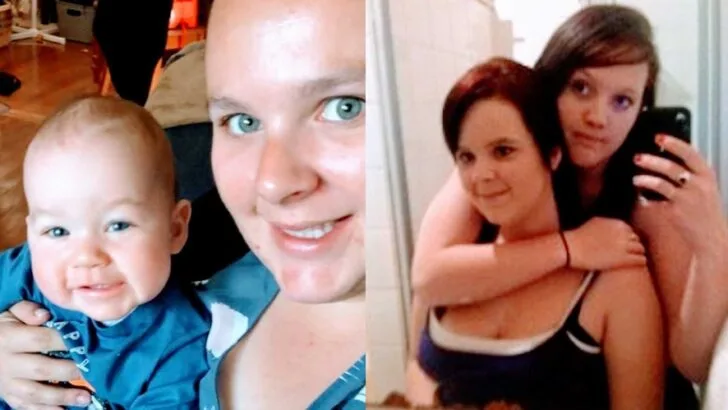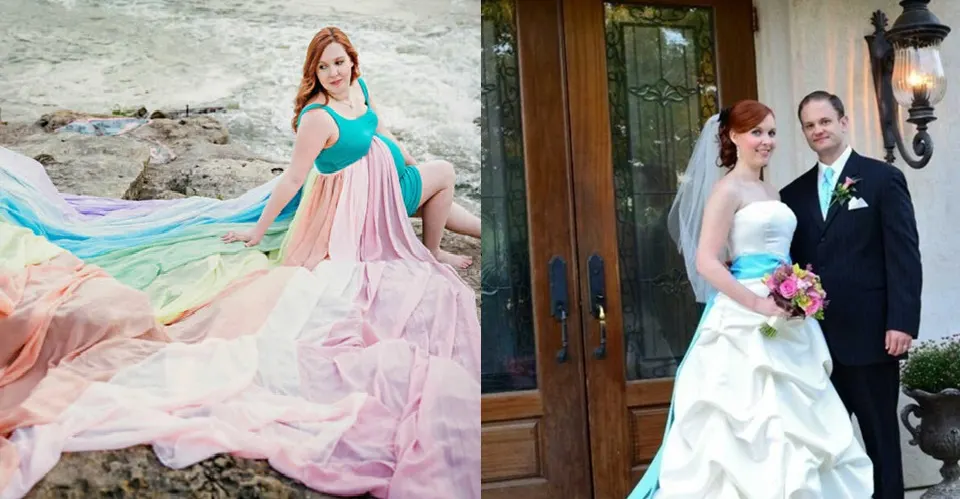She did not beat Tourette’s. She learned to lead with it and turned what once felt like a burden into a bridge for others. She is a 25-year-old mum who lives with Tourette’s syndrome and uses her own story to lift others. From the start, she set herself a simple mission. If she could do one thing well, it would be to support people who do not have the same luck or help she has had. She chooses optimism in challenging moments and keeps inviting others to look at what people can do, not what they cannot.
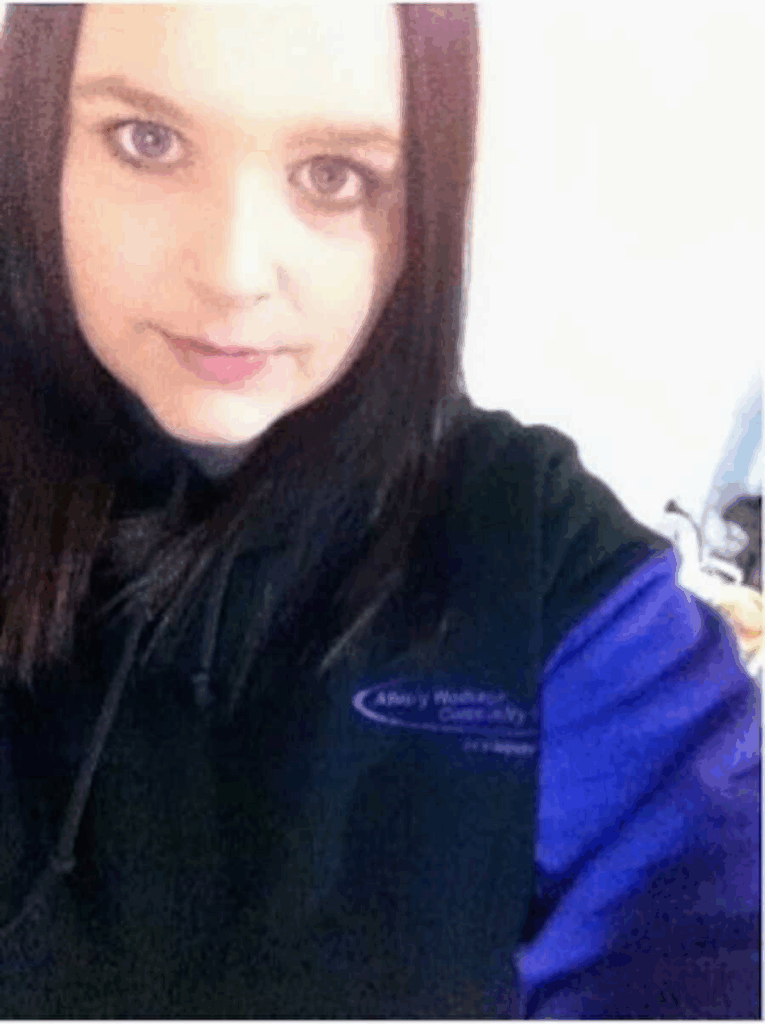
Her early years were rough. Before she could talk, she showed extreme behaviors that grew as she turned two, hitting, biting, breaking things. When overwhelmed, she pressed her fingertips under her on her hands and knees. She still does it, and her fingers carry that history. Meltdowns could stretch from an hour to half a day, sometimes five times a week. As she grew, the storms turned into muscular tics. A tic felt like a sneeze she could not hold back. She jerked a muscle until the urge released, often leaving pain behind. At school, she got in trouble for rolling her eyes during lessons, not attitude, but a tic that showed up at the worst time.
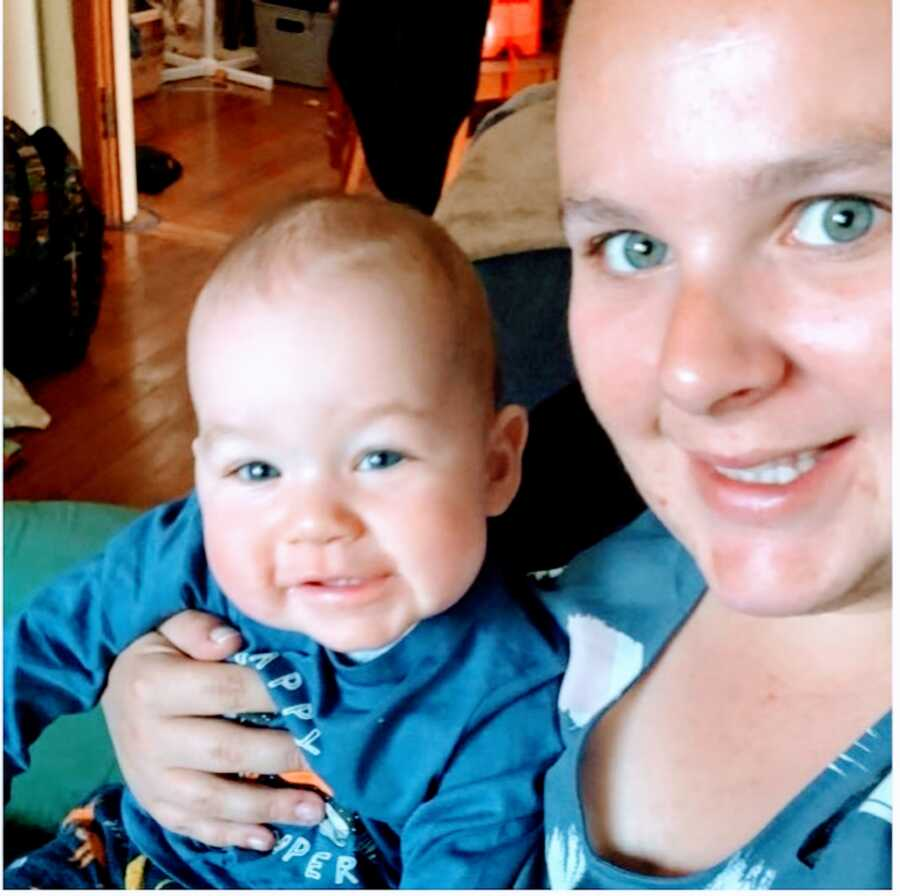
Tourette’s shaped her space and routines. Mess calmed her, yet she loved a tidy room, so she lived in that tug of war. When symptoms spiked, obsessions and strict schedules rose too. After years on a restricted diet, she slipped into overeating and sugar drinks and gained weight. Learning to manage those cravings helped, but did not erase them. Life before diagnosis was isolating. She felt broken and strange, unsure why. Her mum spent countless hours on research, appointments, and new diets. Her siblings felt sidelined. Even after the diagnosis at twelve, starting high school, the label hit her self-esteem hard. She tried to blend in with new hair and clothes, anything to avoid standing out. Anxiety took hold. Some mornings she could face the world with confidence; many more she could not. Makeup and hairstyles became a mask. She dodged social plans, afraid her tics would show.
Acceptance came slowly. In her later teens she returned to study after a year away, finished senior grades at a community college, and discovered volunteering with people with disabilities. That is where she turned difference into purpose. Routine became her tool. She plans her days, watches sugar, caffeine, and gluten because they can spike her tics. She tracks stress and steps back before overload. It has been five years since a major meltdown, a mark she protects with care.
Her family formed a safety net. Her mother never stopped learning and trying. Her older sister kept her included and became her best friend. Her grandfather acted as a father figure. Her grandmother brought calm. For a time she lived with them after a breakdown. Her partner of nearly seven years, Alex, accepts every tic, quirk, and ritual. An anxiety support dog named Samson also helped until they lost him to cancer. With time and these people beside her, she moved from hopeless thoughts to a view of herself as an asset.
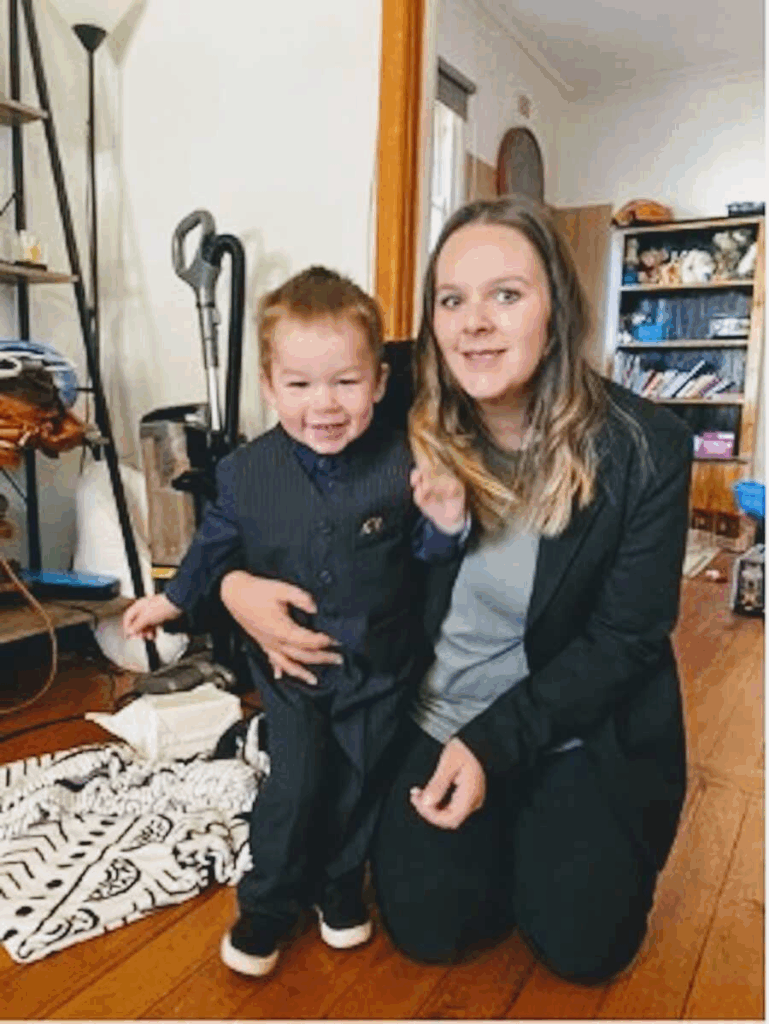
Work transformed that belief into action. At nineteen she started in a residential home with adult men who had behaviors of concern. It was daunting, but she found her feet fast. In her first week a resident had a major meltdown. Helping the team steady the house, share water, and unpack what happened showed her where she belonged. She learned to see the fear and grief under the behavior and to teach others to see it too. She later disclosed her diagnosis at work, which explained her passion and deep empathy. At twenty one she helped a young person move into supported living. She saw her younger self in them, shared her history, and watched hope appear.
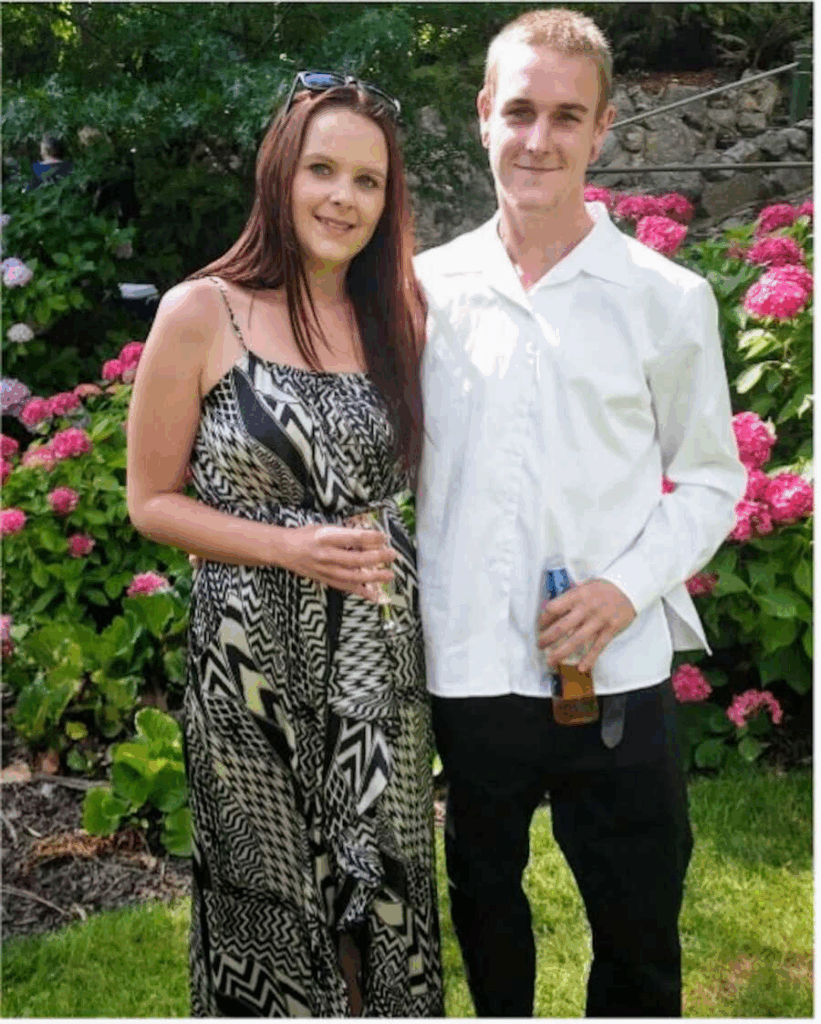
They told people they wanted to be like her when they grew up because she had once been like them. That moment anchored her purpose. Her goals now are practical and wide. Train retail and hospitality staff to serve people with extra needs. Encourage visual menus so anyone can order without stress. Help carers celebrate differences and use community supports. She created an online space called the support mumma so families, carers, and people with disabilities can learn, be heard, and find help any time. She wants to keep proving that with the proper support, people flourish.

